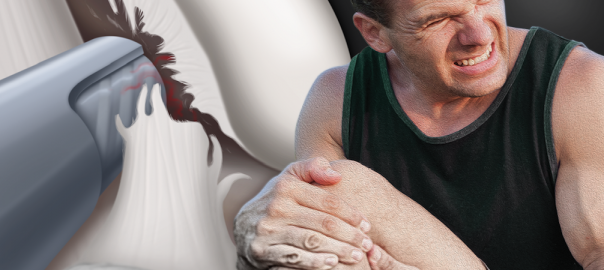[vc_row][vc_column][vc_column_text]Giving up tobacco is no easy thing. By many measures, nicotine is the most addictive substance people use. Most people who try to quit make several earnest attempts before they are successful, so don’t give up.
As a physician, I am always on the lookout for tools that help my patients to quit, and so I wanted to share these 2 free smart phone apps I came across:[/vc_column_text][vc_row_inner][vc_column_inner width=”1/2″][vc_single_image image=”1054″ add_caption=”yes” alignment=”center” onclick=”custom_link” img_link_target=”_blank” title=”Smokerstop App” link=”https://itunes.apple.com/us/app/smokerstop/id980579043?mt=8″][/vc_column_inner][vc_column_inner width=”1/2″][vc_single_image image=”1055″ add_caption=”yes” alignment=”center” onclick=”custom_link” title=”Smokerface App” link=”https://itunes.apple.com/us/app/smokerface-quit-smoking/id946861642?mt=8″][/vc_column_inner][/vc_row_inner][vc_column_text]The first is called Smokerstop and has lots of great features, but my favorite part is how it plays on our pocket book by keeping an up to the second tally of money saved by not smoking as you work toward incremental financial goals like saving for a dinner out (or a new mountain bike ☺).
The second is called Smokerface and it taps into our vanity by photo-aging a selfie to show how we might look after years of smoking. Check out my Smokerface results. Ughhhhhhh.[/vc_column_text][vc_single_image image=”1056″ img_size=”large” alignment=”center”][vc_column_text]There are more links related to other strategies and medication for quitting on our patient resources page. If you are motivated to quit smoking and need help let us know.
You can do it! We can help![/vc_column_text][/vc_column][/vc_row]


